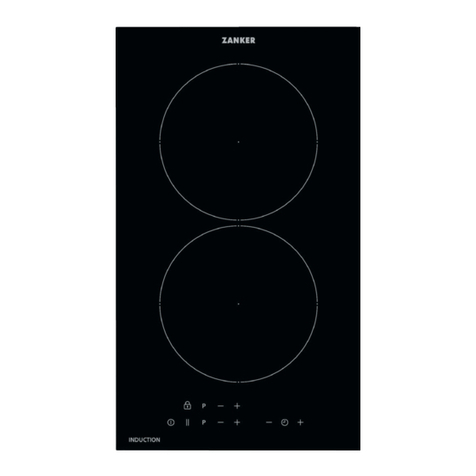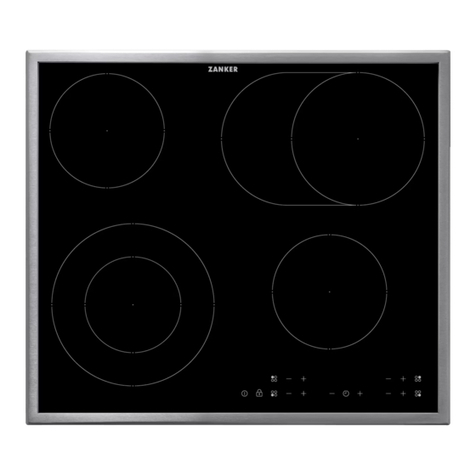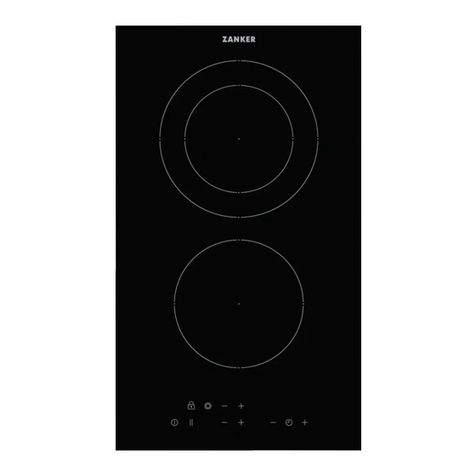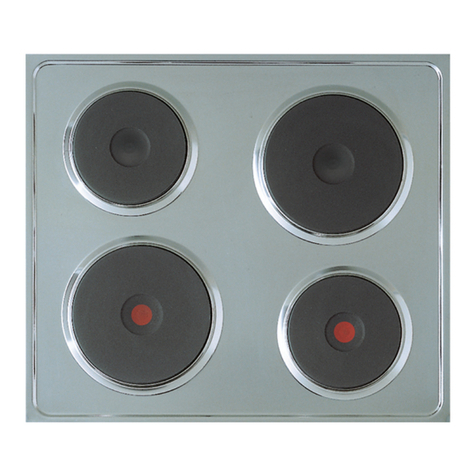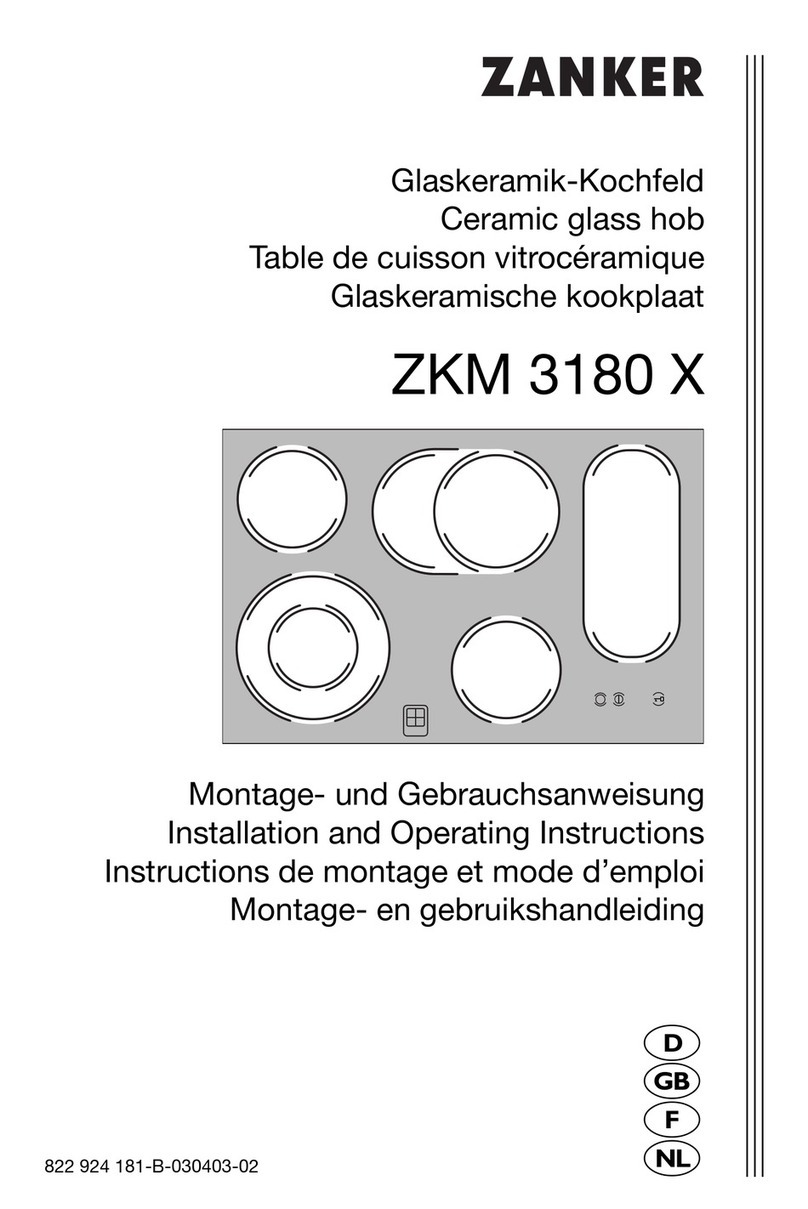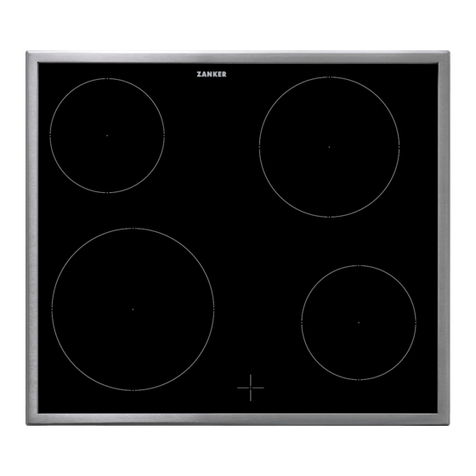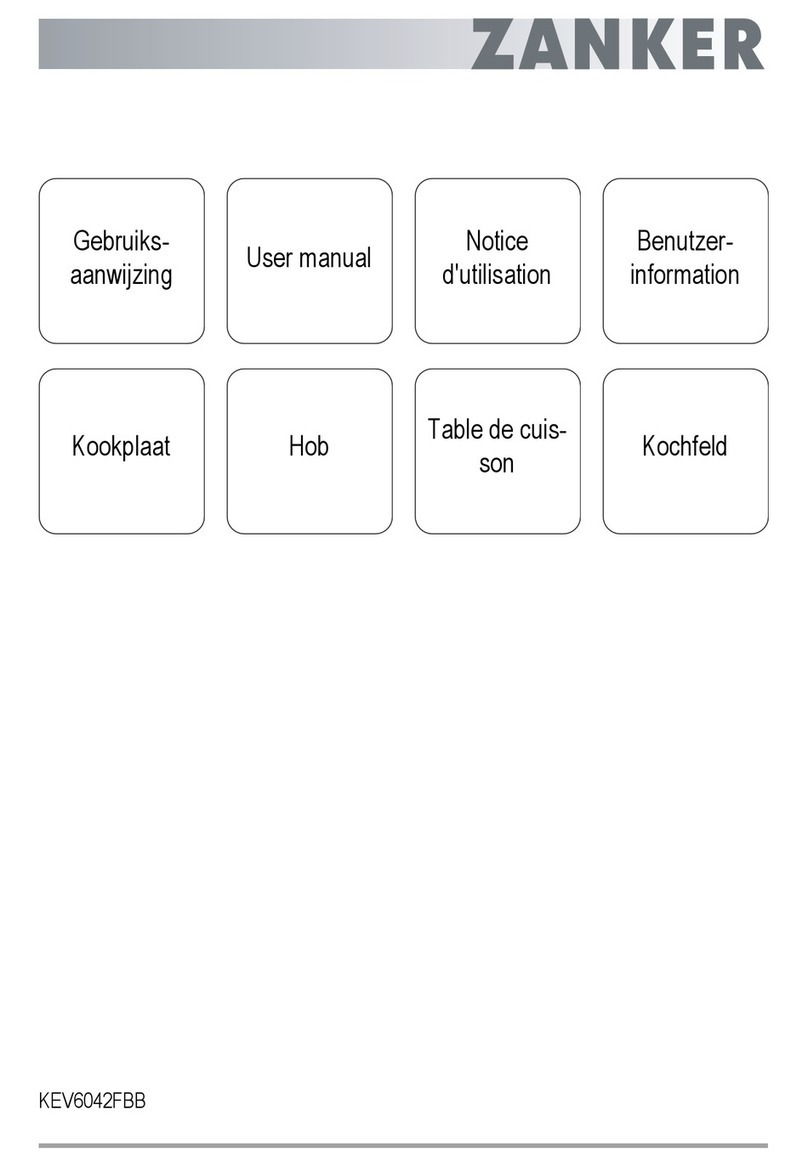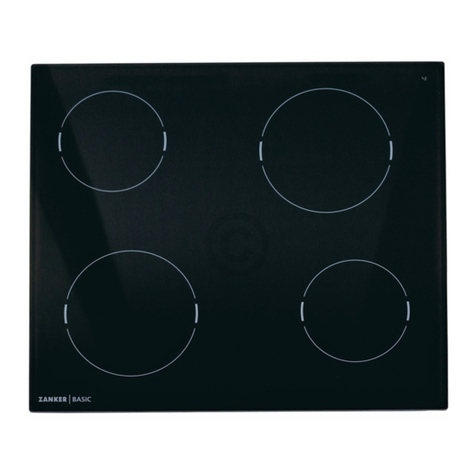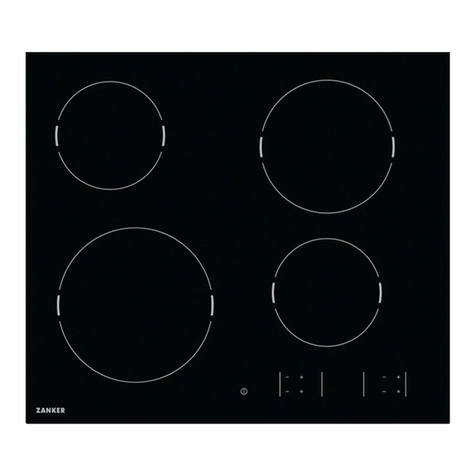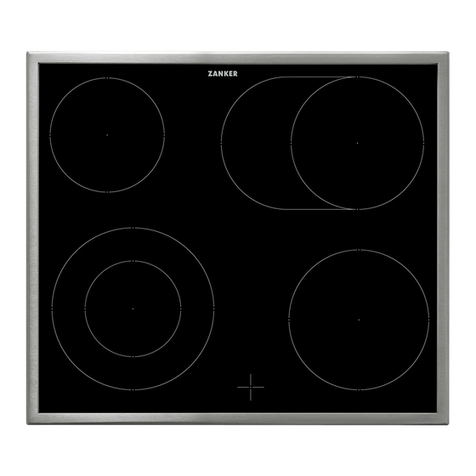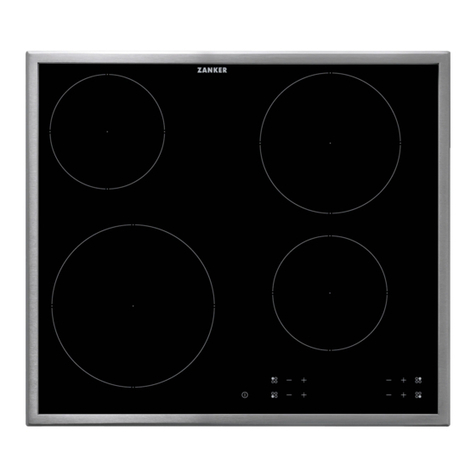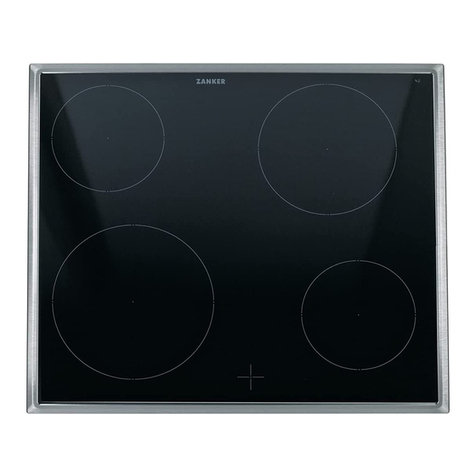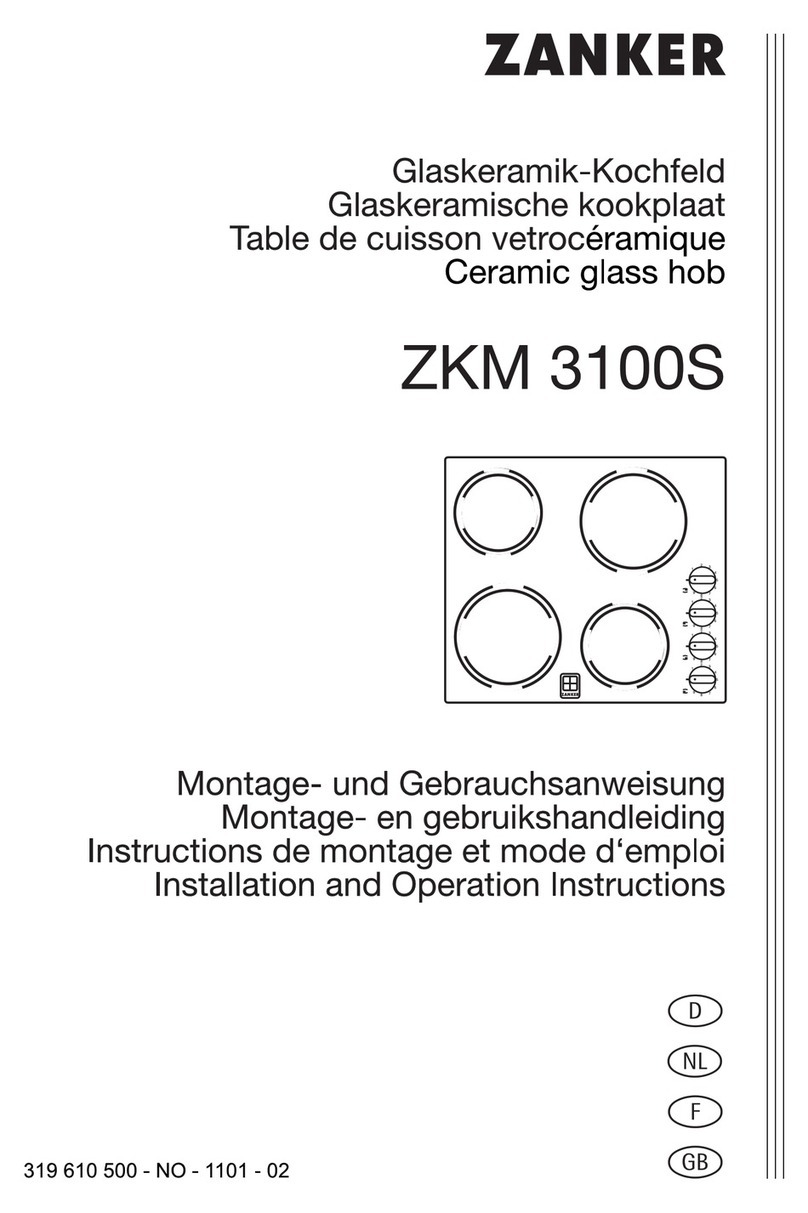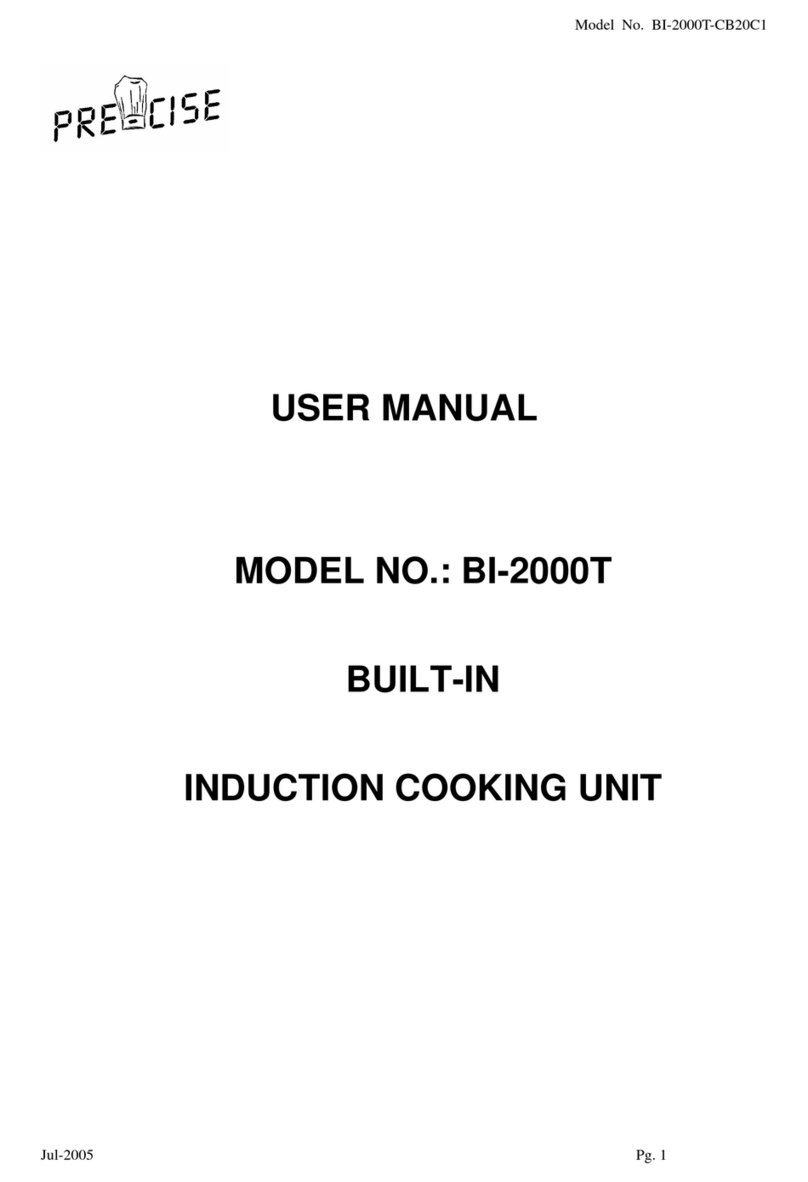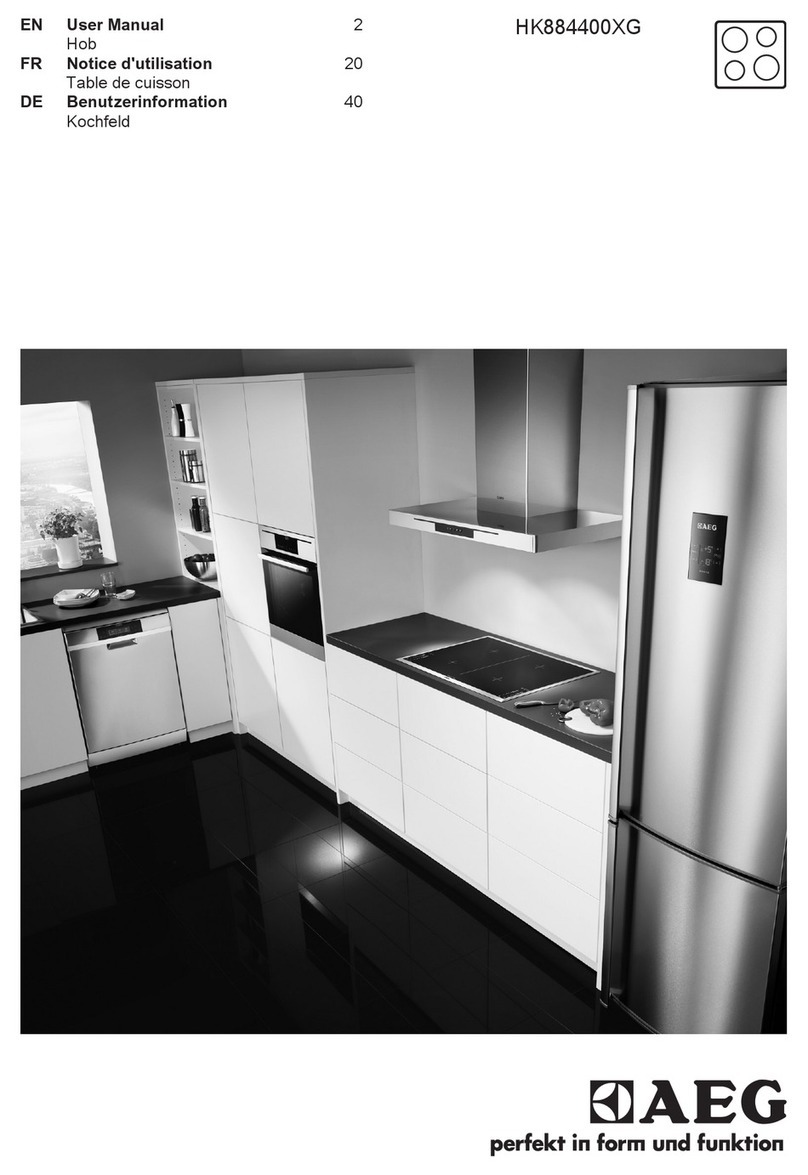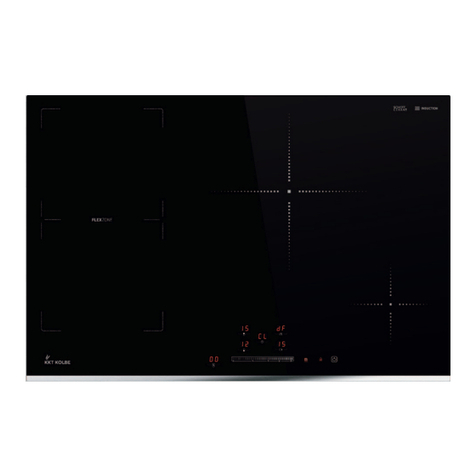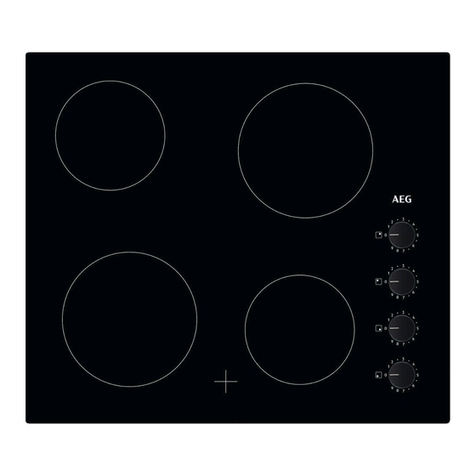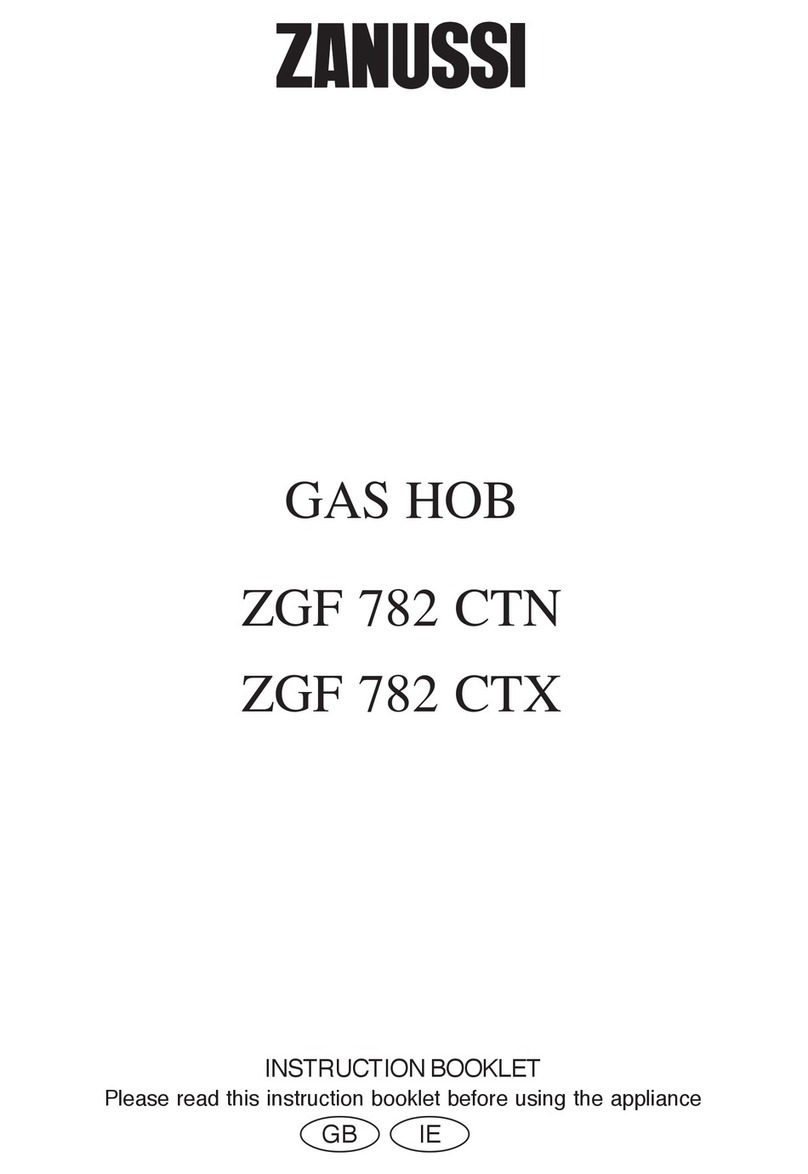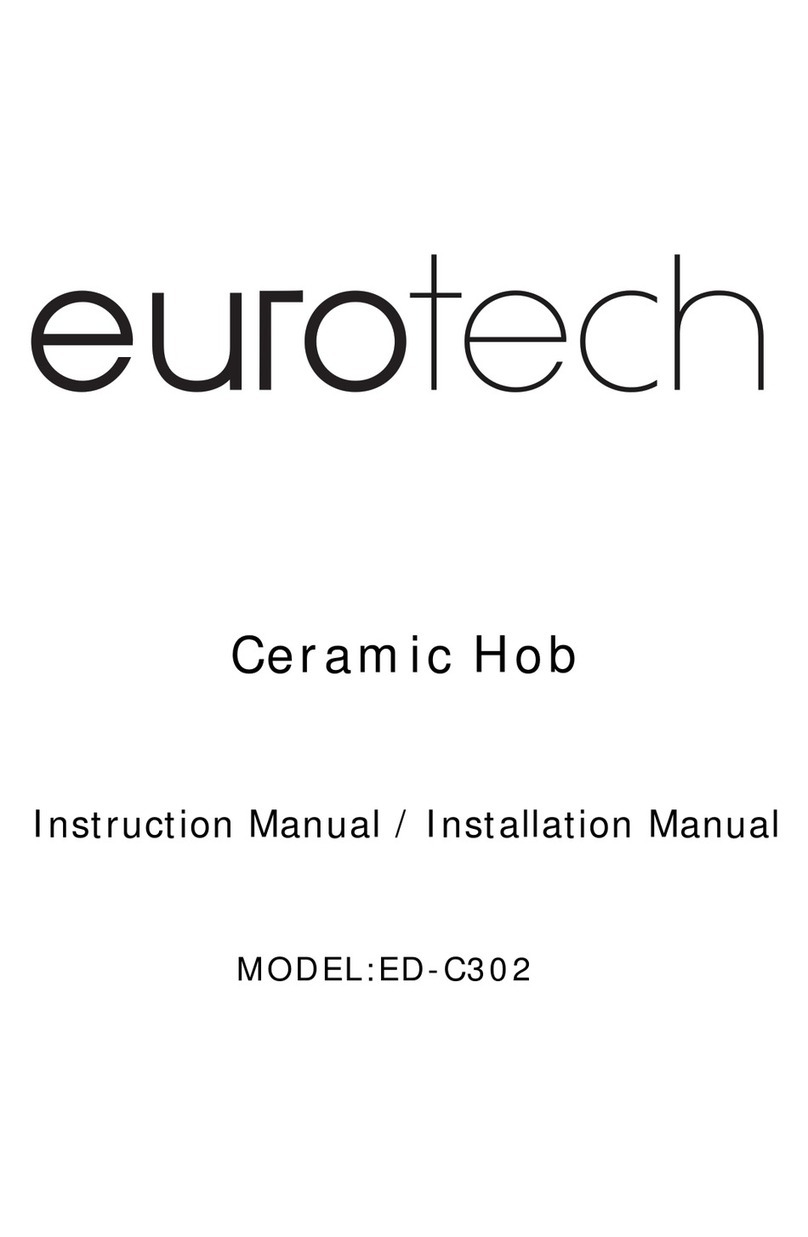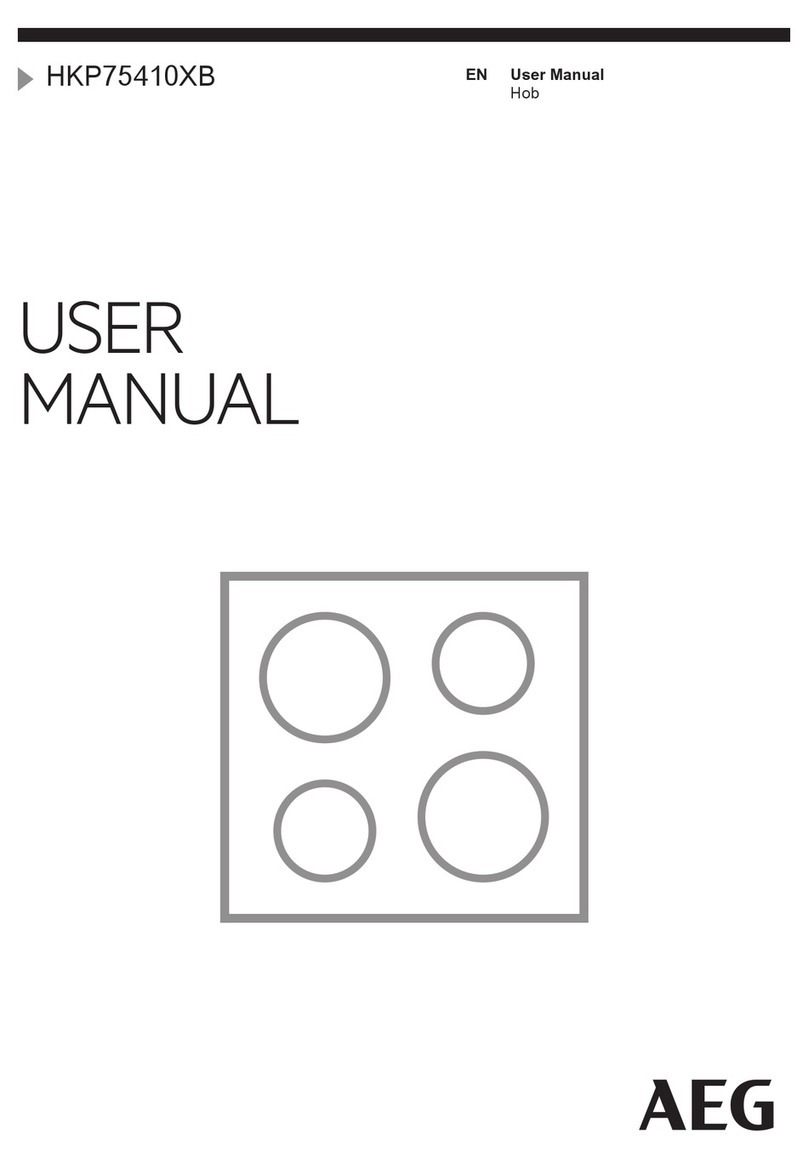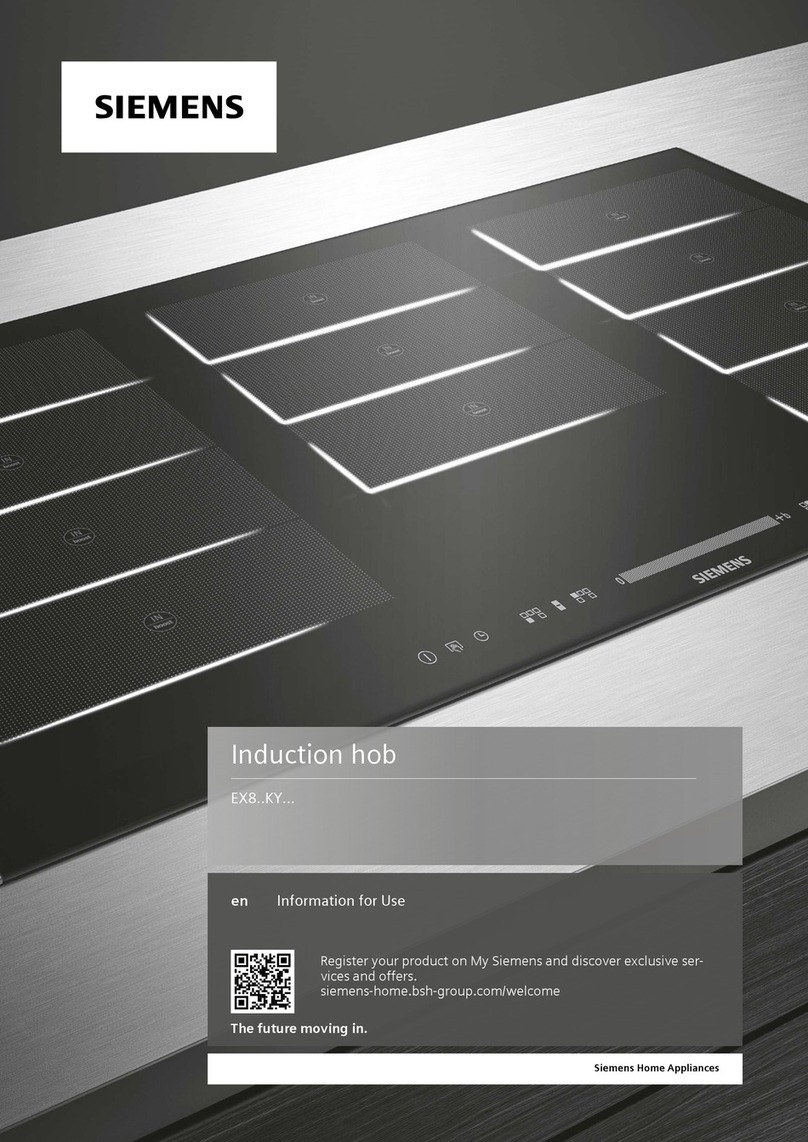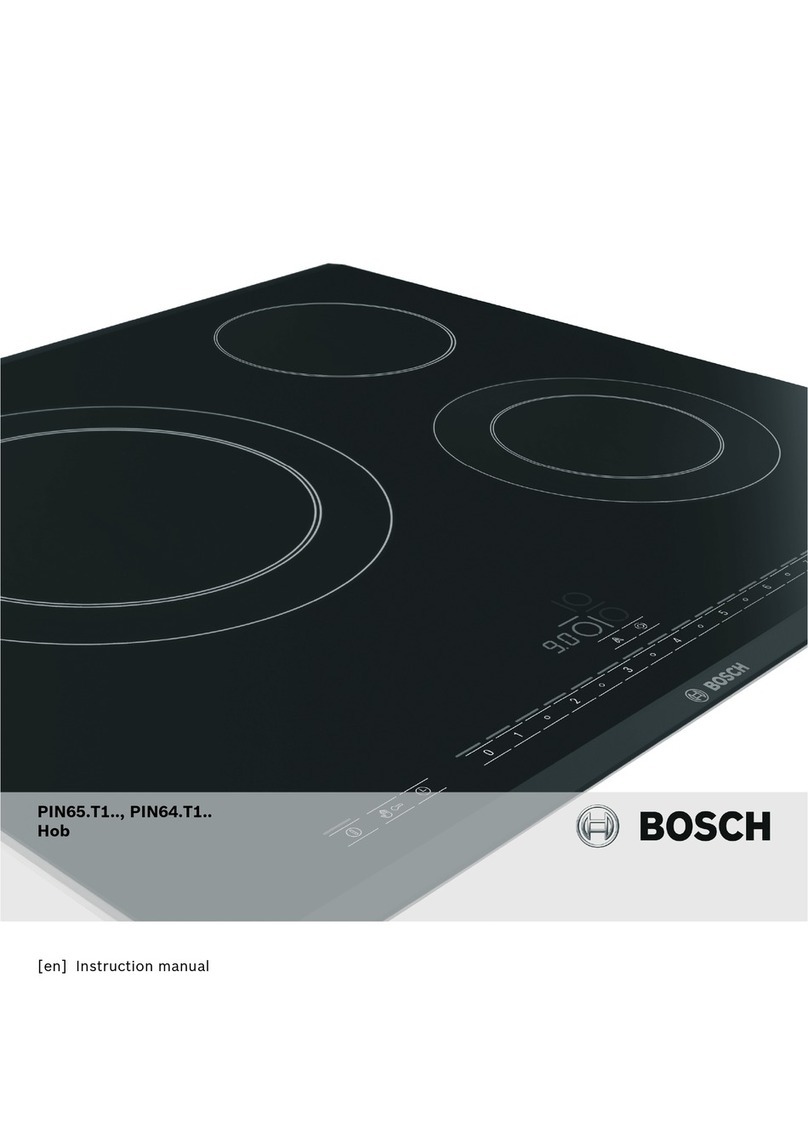45
1 3 4 52
LN
1 3 4 52
LLL
LN
LL
1 3 4 52
2
1 3 4 52
N
Ø 145
AØ 180
Ø 180
CØ 145
D
E
1L
L
MOD. 4 PIASTRE ELETTRICHE (= A, B, C, D)
MOD. 4 PLAQUES ÉLECTRIQUES (= A, B, C, D)
MOD. 4 ELECTRIC PLATES (= A, B, C, D)
MOD. 4 ELEKTRO-KOCHZONEN (= A, B, C, D)
MOD. 4 ELEKTRISCHE PLAATJES (= A, B, C, D)
MOD.MOD.
MOD.MOD.
MOD. 4 ~LEKTRIHESKIE KONFORKI (/ 4 ~LEKTRIHESKIE KONFORKI (/
4 ~LEKTRIHESKIE KONFORKI (/ 4 ~LEKTRIHESKIE KONFORKI (/
4 ~LEKTRIHESKIE KONFORKI (/ A, B, C, D))
))
)
MOD. 4 DISCOS ELÉCTRICOS (= A, B, C, D)
MO¡∆. 4 ∏§∂∫∆ƒπ∫∂™ ∂™∆π∂™ (= A, B, C, D)
MOD. 3 PIASTRE ELETTRICHE (= A, B, C) +
1 PIASTRA ALOGENA (= D)
MOD. 3 PLAQUES ÉLECTRIQUES (= A, B, C) +
1 PLAQUE HALOGÈNE (= D)
MOD. 3 ELECTRIC PLATES (= A, B, C) +
1 HALOGEN PLATE (= D)
MOD. 3 ELEKTRO-KOCHZONEN (= A, B, C) +
1 HALOGEN-KOCHZONE (= D)
MOD. 3 ELEKTRISCHE PLAATJES (= A, B, C) +
1 HALOGEEN PLAATJE (= D)
MOD.MOD.
MOD.MOD.
MOD. 3 ~LEKTRIHESKIE KONFORKI (/3 ~LEKTRIHESKIE KONFORKI (/
3 ~LEKTRIHESKIE KONFORKI (/3 ~LEKTRIHESKIE KONFORKI (/
3 ~LEKTRIHESKIE KONFORKI (/A, B, C) )
) )
) +
1 1
1 1
1 G LOGENN Q KONFORK G LOGENN Q KONFORK
G LOGENN Q KONFORK G LOGENN Q KONFORK
G LOGENN Q KONFORK (/ (/
(/ (/
(/ D))
))
)
MOD. 3 DISCOS ELÉCTRICOS (= A, B, C) +
1 DISCO HALÓGENO (= D)
MO¡∆. 3 ∏§∂∫∆ƒπ∫∂™ ∂™∆π∂™ (= A, B, C) +
1 A§√°√¡A ∂™∆πA (= D)
MOD. 2 PIASTRE ELETTRICHE (= A, B) +
2 PIASTRE ALOGENE (= C, D)
MOD. 2 PLAQUES ÉLECTRIQUES (= A, B) +
2 PLAQUES HALOGÈNES (= C, D)
MOD. 2 ELECTRIC PLATES (= A, B) +
2 HALOGEN PLATES (= C, D)
MOD. 2 ELEKTRO-KOCHZONEN (= A, B) +
2 HALOGEN-KOCHZONEN (= C, D)
MOD. 2 ELEKTRISCHE PLAATJES (= A, B) +
2 HALOGENE PLAATJES (= C, D)
MOD.MOD.
MOD.MOD.
MOD. 2 ~LEKTRIHESKIE KONFORKI (/2 ~LEKTRIHESKIE KONFORKI (/
2 ~LEKTRIHESKIE KONFORKI (/2 ~LEKTRIHESKIE KONFORKI (/
2 ~LEKTRIHESKIE KONFORKI (/A, B) )
) )
) +
2 2
2 2
2 G LOGENNYE KONFORKI G LOGENNYE KONFORKI
G LOGENNYE KONFORKI G LOGENNYE KONFORKI
G LOGENNYE KONFORKI (/ (/
(/ (/
(/ C, D))
))
)
MOD. 2 DISCOS ELÉCTRICOS (= A, B) +
2 DISCOS HALÓGENOS (= C, D)
MO¡∆. 2 ∏§∂∫∆ƒπ∫∂™ ∂™∆π∂™ (= A, B) +
2 A§√°√¡∂™ ∂™∆π∂™ (= C, D)
E = SPIA CALORE RESIDUO / VOYANT
CHALEUR RESIDUELLE / RESIDUAL HEAT
WARNING LIGHT / RESTWÄRMEANZEIGE /
CONTROLELAMPJE RESTWARMTE /
INDIK TORN Q L MPOHK OST TOHNOGOINDIK TORN Q L MPOHK OST TOHNOGO
INDIK TORN Q L MPOHK OST TOHNOGOINDIK TORN Q L MPOHK OST TOHNOGO
INDIK TORN Q L MPOHK OST TOHNOGO
TEPLTEPL
TEPLTEPL
TEPL / LÂMPADA DE CALOR RESIDUAL /
∂¡¢∂π∫∆π∫∏ §ÀáπA £∂ƒªO∆∏∆A™
SCHEMA DI COLLEGAMENTO
SCHEMA DES RANCHEMENTS
CONNECTION DIAGRAM
ANSCHLUSSPLAN
AANSLUITSCHEMA
SXEM SVQZISXEM SVQZI
SXEM SVQZISXEM SVQZI
SXEM SVQZI
ESQUEMA DE LIGAÇÃO
∏§∂∫∆ƒπ∫√ ¢π∞°ƒ∞ªª∞∏§∂∫∆ƒπ∫√ ¢π∞°ƒ∞ªª∞
∏§∂∫∆ƒπ∫√ ¢π∞°ƒ∞ªª∞∏§∂∫∆ƒπ∫√ ¢π∞°ƒ∞ªª∞
∏§∂∫∆ƒπ∫√ ¢π∞°ƒ∞ªª∞
230 V BIFASE / BIPHASE / TWO-PHASE / ZWEIPHASIG /
TWEEFASIG / DVUXF ZNYJDVUXF ZNYJ
DVUXF ZNYJDVUXF ZNYJ
DVUXF ZNYJ/ BIFÁSICO / ¢πº∞™π∫√
400 V MONOFASE + NEUTRO / MONOPHASE + NEUTRE /
SINGLE-PHASE + NEUTRAL / EINPHASIG +
NEUTRALLEITER / ENKELFASIG + NEURAAL /
ODNOF ZNYJ ODNOF ZNYJ
ODNOF ZNYJ ODNOF ZNYJ
ODNOF ZNYJ + NEJTR L: NEJTR L:
NEJTR L: NEJTR L:
NEJTR L: / MONOFÁSICO + NEUTRO /
MONOº∞™π∫√ + √À¢∂∆∂ƒ√
Sez. cavo
Section câble
Wire gauge
Leiterquerschnitt
Doorsnee e kabel
Sehenie kabelqSehenie kabelq
Sehenie kabelqSehenie kabelq
Sehenie kabelq
Sec. cabo
¢È·Ù. ηÏÒ‰ÈÔ˘:
3x4 mm2
230 V TRIFASE / TRIPHASE / THREE-PHASE / DREIPHASIG /
DRIEFASIG / TR|XF ZNYJTR|XF ZNYJ
TR|XF ZNYJTR|XF ZNYJ
TR|XF ZNYJ/ TRIFÁSICO / ∆ƒπº∞™π∫√
Sez. cavo
Section câble
Wire gauge
Leiterquerschnitt
Doorsnee e kabel
Sehenie kabelqSehenie kabelq
Sehenie kabelqSehenie kabelq
Sehenie kabelq
Sec. cabo
¢È·Ù. ηÏÒ‰ÈÔ˘:
4x2,5 mm2
400 V TRIFASE + NEUTRO / TRIPHASE + NEUTRE / THREE-
PHASE + NEUTRAL / DREIPHASIG + NEUTRALLEITER /
DRIEFASIG + NEURAAL / DVUXF ZNYJ DVUXF ZNYJ
DVUXF ZNYJ DVUXF ZNYJ
DVUXF ZNYJ + NEJTR L: NEJTR L:
NEJTR L: NEJTR L:
NEJTR L:/
TRIFÁSICO + NEUTRO / ∆ƒπº∞™π∫√ + √À¢∂∆∂ƒ√
Sez. cavo
Section câble
Wire gauge
Leiterquerschnitt
Doorsnee e kabel
Sehenie kabelqSehenie kabelq
Sehenie kabelqSehenie kabelq
Sehenie kabelq
Sec. cabo
¢È·Ù. ηÏÒ‰ÈÔ˘:
5x1,5 mm2
400 V BIFASE + NEUTRO / BIPHASE + NEUTRE / TWO-PHASE
+ NEUTRAL / ZWEIPHASIG + NEUTRALLEITER /
TWEEFASIG + NEURAAL / DVUXF ZNYJ DVUXF ZNYJ
DVUXF ZNYJ DVUXF ZNYJ
DVUXF ZNYJ + NEJTR L: NEJTR L:
NEJTR L: NEJTR L:
NEJTR L:/
BIFÁSICO + NEUTRO / ¢πº∞™π∫√ + √À¢∂∆∂ƒ√
Sez. cavo
Section câble
Wire gauge
Leiterquerschnitt
Doorsnee e kabel
Sehenie kabelqSehenie kabelq
Sehenie kabelqSehenie kabelq
Sehenie kabelq
Sec. cabo
¢È·Ù. ηÏÒ‰ÈÔ˘:
4x2,5 mm2
Fi ure/Fi ures/Fi ures/
RisunkiRisunki
RisunkiRisunki
Risunki
/Fi uras/
∂ÈÎfiÓ˜∂ÈÎfiÓ˜
∂ÈÎfiÓ˜∂ÈÎfiÓ˜
∂ÈÎfiÓ˜
